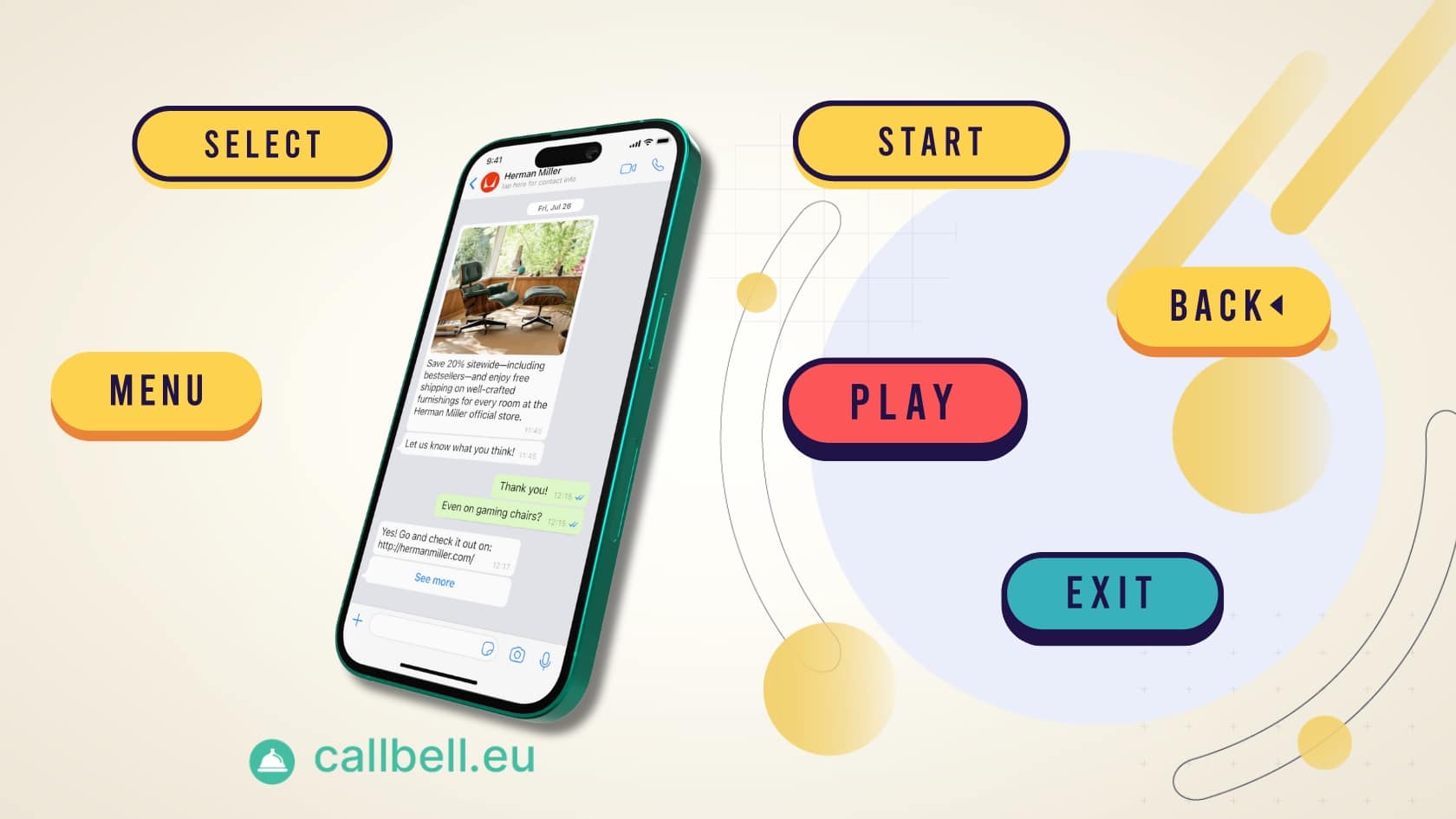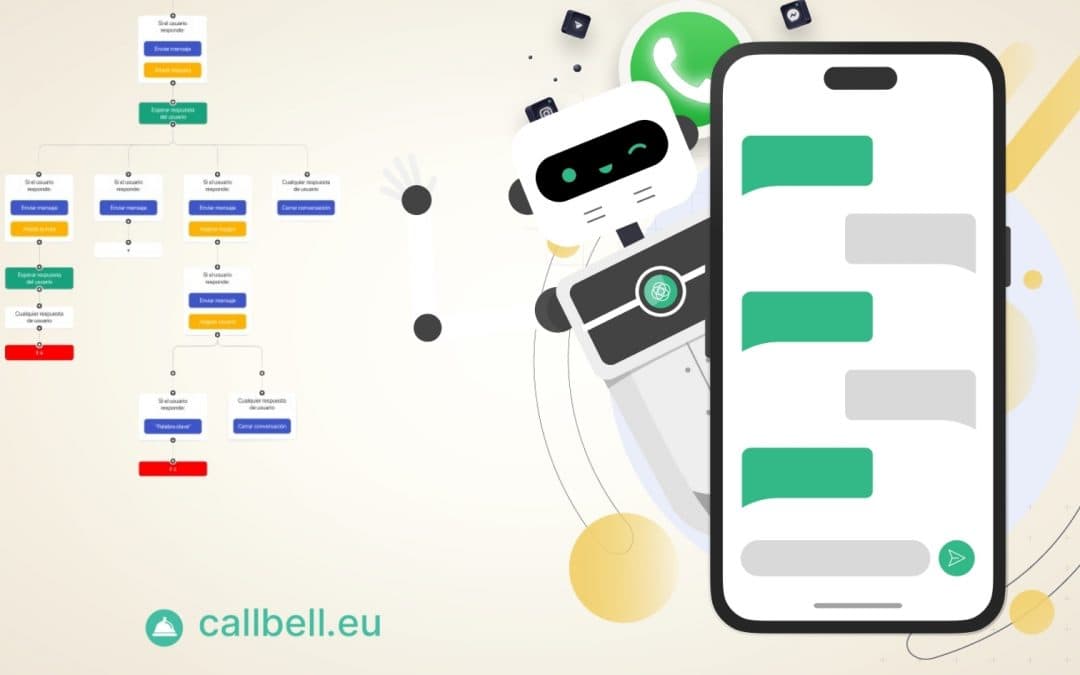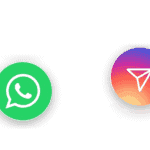Bots to use on WhatsApp are tools highly appreciated by companies. This happens because we now prefer to sell online: in fact, the world of e-commerce has made giant strides, changing radically in a short time.
Starting from online marketing campaigns up to social media strategies with the help of influencers and digital catalogues, companies now interact with leads and potential customers. Part of this progress certainly concerns bots for use on WhatsApp and button technology.
This explains why today we want to describe to you how to create a bot on WhatsApp so that attracting more customers can become child’s play.
Nowadays WhatsApp offers the possibility of integrating buttons into message templates. These tools allow companies to create more effective interactions with their customers, thanks to the possibility of choosing what to do within them. We can describe two types of buttons: those that call to action and those that concern quick responses.
The idea of quick replies indicates the possibility of ensuring that users can reply to a specific message with just one click. Once that button is pressed, a preset text will be sent to the user, thus leading to the progress of the interaction.
On the other hand, the buttons that refer to the call to action are used for very specific actions, such as scheduling a demo, going to a website or making calls. They are generally used to continue the conversation outside of the chat.
Buttons on WhatsApp allow businesses to communicate with customers quickly and easily. This type of interaction works especially when we talk about automated processes with bots, capable of making communication autonomous.
When a company decides to activate these buttons on WhatsApp, the conversion and sales percentage is increased as these tools provide more details, leading users to take certain actions aimed at interacting with the company.

Once the most used types of buttons on WhatsApp have been described, it is time to learn how to use and create them.
1) The first step is to create an account on Callbell, by clicking here.
2) Once this is done, you will need to click on settings and then on quick replies.
3) Subsequently a window will open that will show us all the quick answers available to us. Among them we will have answers with buttons, text, lists and images.
4) Once this step is finished, we will have to click on create quick response where we will see a list in which we can choose which buttons to insert.
5) Then, we will have to fill in all the fields including the title, the header, the body of the message and what we want to say to the customer in question.
6) Finally, we will have to save the created button and then test it. Always keep in mind that we can preview everything we are going to create before inserting it.
7) Now all we have to do is test everything in a real chat with a customer or, if we do not want to risk it, we can create a fictitious conversation.
Below you can find some buttons that we created directly with Callbell.
Finally, the buttons on WhatsApp are extremely useful tools for all automated actions, to ask very specific questions and obtain relevant information. They are also used for recording, scheduling demos, making calls and much more.
If you want to try Callbell and start creating buttons on WhatsApp, you will need to click here.
About the author: Hello! I am Alan and I am the marketing manager at Callbell, the first communication platform designed to help sales and support teams to collaborate and communicate with customers through direct messaging applications such as WhatsApp, Messenger, Telegram and Instagram Direct




